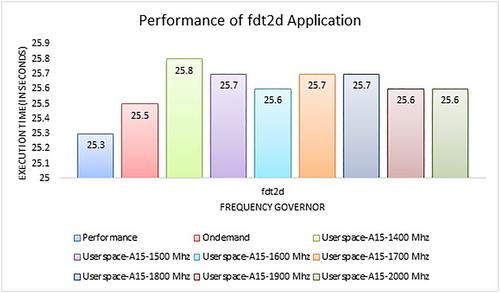As embedded devices start supporting heterogeneous processing cores (Central Processing Unit [CPU]–Graphical Processing Unit [GPU] based cores), performance aware task allocation becomes a major issue. Use of Open Computing Language (OpenCL) applications on both CPU and GPU cores improves performance and resolves the problem. However, it has an adverse effect on the overall power consumption and the operating temperature of the system. Operating both kind of cores within a small form factor at high frequency causes rise in power consumption which in turn leads to increase in processor temperature. The elevated temperature brings about major thermal issues. In this paper, we present our investigation on the role of CPU during execution of GPU specific application and argue against running it at the high frequency. In addition, a machine learning guided mechanism to predict the optimal operating frequency of CPU cores during execution of OpenCL GPU kernels is presented in this study. Our experiments with OpenCL applications on the state of the art ODROID XU4 embedded platform show that the CPU cores of the experimental board if operated at a frequency proposed by our Machine Learning-based predictive method brings about 12.5°C reduction in processor temperature at 1.06% degradation in performance compared to the baseline frequency (default performance frequency governor of the embedded platform).



